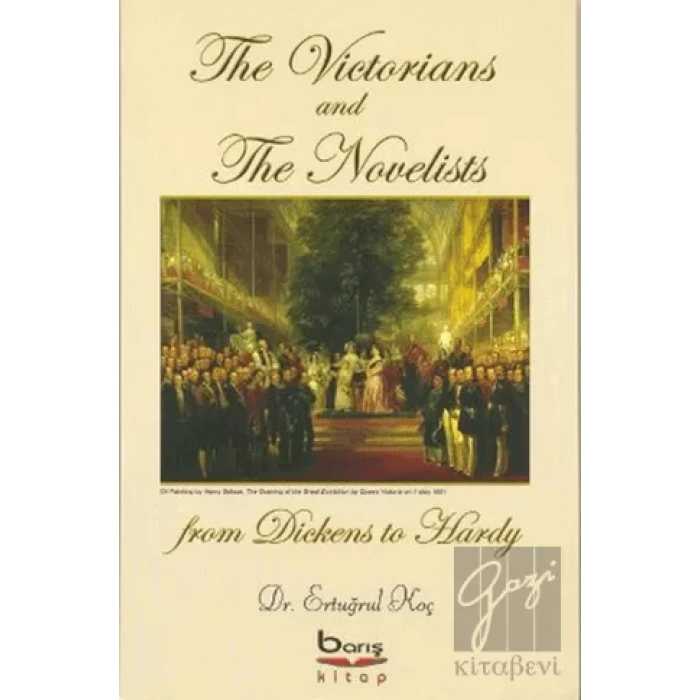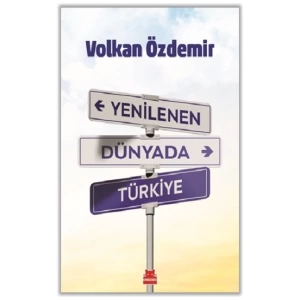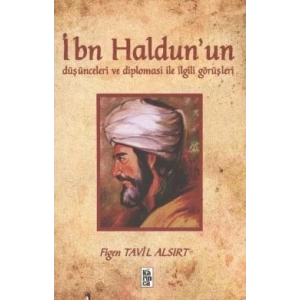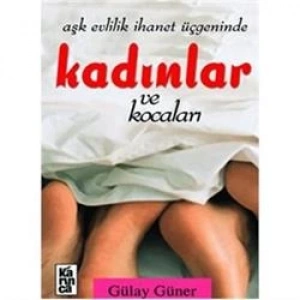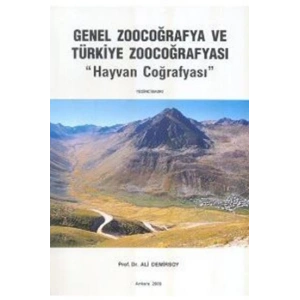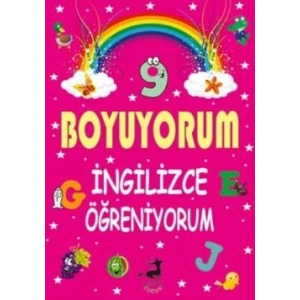The Victorians and the Novelists: from Dickens to Hardy analyzes the period in British history known as the Victorian
Age, the time of Queen Victorias reign (1836-1901) when industrialization was in full speed, and when drastic changes took
place to challenge the economic, social, cultural, and literary roots of the Empire. The change itself being the essential
phenomenon to alter the modi vivendi of individuals, the Victorians have been much criticized for demonstrating instability,
greediness, double personality traits, and for hypocrisy. Yet, the Victorian experience is significant as the period has defined
cultural parameters for societies experiencing similar phenomena of industrialization and change, and forming in the process
the civilization as we know today.
The favorite genre of the bourgeoisie in the nineteenth century, the novel is quite expressive in the sense that it reveals
the interactive socio-economic and the socio-moral codes of an age. With heroes and anti-heroes, with humble and rich
settings, with conflicts between the haves and the have nots, and with a moral lesson and happy ending at the end, the
Victorian novels reflect the diversity of individuals and their ideas in accordance with the newly formed social strata.
As understood by the nineteenth century paradigm, the novelists mission being that of a social teacher, each of the
Victorian novelists was expected to make his or her unique contribution to the moral betterment of society and individual,
and so did they. The novels studied in this book are by the celebrated authors of the nineteenth century. Charles Dickenss
Great Expectations, William Makepeace Thackerays Vanity Fair, Emily Brontes Wuthering Heights, George Eliots Silas
Marner, Bram Stokers Dracula, and Thomas Hardys The Return of the Native, are the distinctive novels in which the
novelists discuss, by telling stories, the nature of the Victorian ethos.
A reference book to the nineteenth century world and its literature, the book is enlightening for the ones interested in
Victorian times and literature. Both students and scholars will find ample information about the age.


